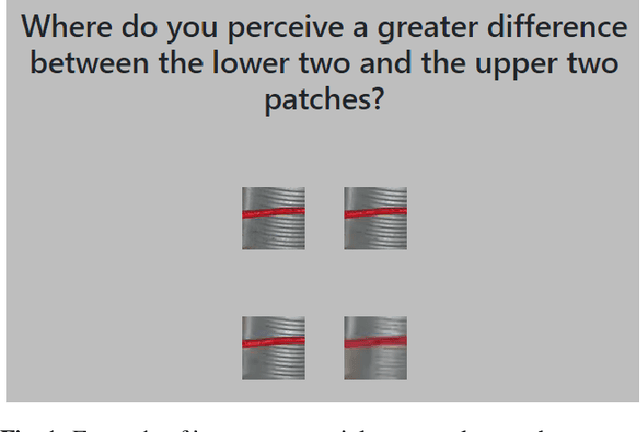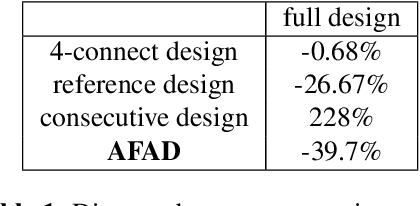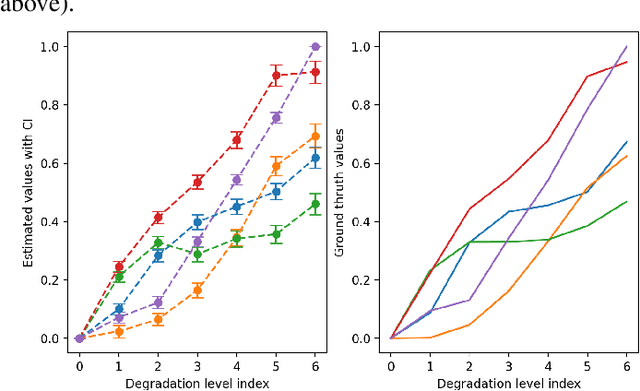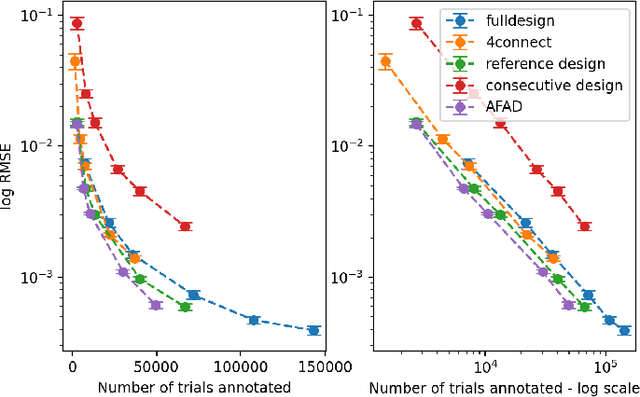Pastor Andréas
Improving Maximum Likelihood Difference Scaling method to measure inter content scale
Feb 25, 2022



Abstract:The goal of most subjective studies is to place a set of stimuli on a perceptual scale. This is mostly done directly by rating, e.g. using single or double stimulus methodologies, or indirectly by ranking or pairwise comparison. All these methods estimate the perceptual magnitudes of the stimuli on a scale. However, procedures such as Maximum Likelihood Difference Scaling (MLDS) have shown that considering perceptual distances can bring benefits in terms of discriminatory power, observers' cognitive load, and the number of trials required. One of the disadvantages of the MLDS method is that the perceptual scales obtained for stimuli created from different source content are generally not comparable. In this paper, we propose an extension of the MLDS method that ensures inter-content comparability of the results and shows its usefulness especially in the presence of observer errors.
 Add to Chrome
Add to Chrome Add to Firefox
Add to Firefox Add to Edge
Add to Edge